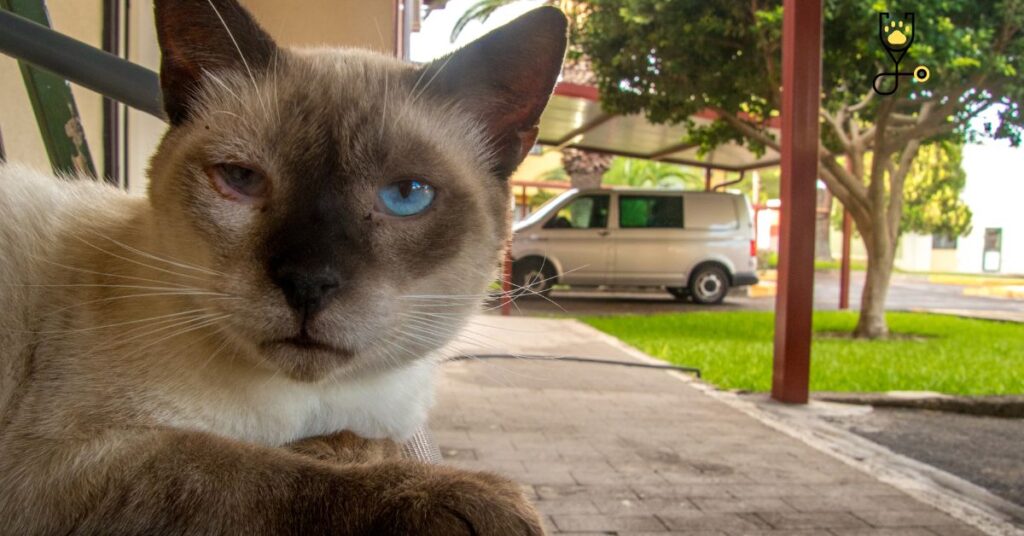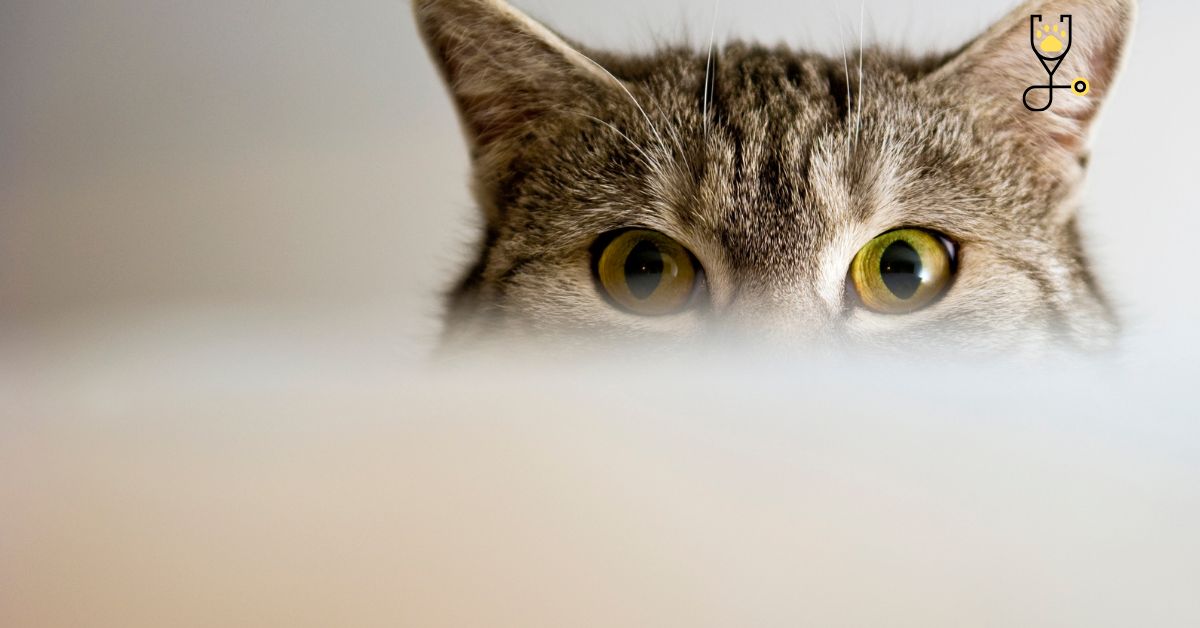Cats are known for their cleanliness and sharp claws, but one of the downsides to owning a cat is that they’re susceptible to eye infections. While most cases of feline eye infections can be treated with over-the-counter medication, it’s important to be aware of the symptoms and take your cat to the vet if necessary. In this blog post, we’ll cover everything you need to know about cat eye infections, from causes and treatment options to prevention tips. Stay safe and keep your kitty’s eyes healthy!
What Are Cat Eye Infections?
A cat eye infection is a condition in which the conjunctiva (the clear membrane that covers the white part of the eye) or cornea (the clear, round dome at the front of the eye) becomes inflamed. Conjunctivitis, or pink eye, is the most common type of feline eye infection. Other types of infections include keratitis (inflammation of the cornea), uveitis (inflammation of the uvea, or middle layer of the eye), and dacryocystitis (inflammation of the tear duct).
Causes of Cat Eye Infections
There are a number of things that can cause a cat eye infection, including :
– Allergies: Cats can be allergic to pollen, mold, dust, and other airborne irritants. When their eyes come into contact with these allergens, they can become irritated and inflamed.
– Bacterial or viral infections: These are the most common types of infections in cats, and can be passed on from other animals or spread through contaminated food, water, or objects.
– Fungal infections: These are rare but can occur if your cat comes into contact with a contaminated surface, such as dirt or grass that has been infected with a fungus.
– Foreign objects: If a small object, such as a piece of dust or sand, gets into your cat’s eye, it can cause irritation and inflammation.
– Trauma: A cat’s eye can become injured if it is hit by a sharp object or if the eyelid is scratched
Symptoms of Cat Eye Infections
The symptoms of a cat eye infection will vary depending on the type of infection, but some common signs to look out for include:

– Red, watery, or swollen eyes: This is the most obvious sign that something is wrong.
– Excessive tearing: If your cat’s eyes are watering more than usual, it could be a sign of an infection.
– Yellow or green discharge: This is a common symptom of conjunctivitis, and is caused by the
build-up of pus in the eye.
– Crusted eyes: If your cat’s eyes are dry and crusted over, it could be a sign of a bacterial infection.
– Squinting or pawing at the eyes: If your cat seems to be in pain or discomfort, it’s a sign that they need to see the vet.
Treatment of Cat Eye Infections
If you suspect that your cat has an eye infection, it’s important to take them to the vet as soon as possible. The vet will be able to diagnose the type of infection and prescribe the appropriate treatment. In most cases, cat eye infections can be treated with antibiotics or anti-inflammatory medication. In severe cases, your cat may need to be hospitalized for IV treatment.

Eye gel or ointment can also be used to help soothe the symptoms of an infection and speed up the healing process.
At home, you can help your cat recover from an eye infection by:
– Cleaning their eyes regularly: Use a cotton ball dipped in warm water to gently wipe away any discharge.
– Applying a warm compress: This will help to reduce swelling and pain.
– Keeping their eyes lubricated: Use artificial tears or ointment to keep the eyes moist and prevent further irritation.
Prevention of Cat Eye Infections
The best way to prevent your cat from getting an eye infection is to keep its environment clean and free of allergens, bacteria, and other irritants. Here are some tips to help you do that:
– Keep their bedding clean: Wash your cat’s bedding regularly in hot water to kill any bacteria or parasites that could be lurking.
– Keep their litter box clean: scoop it out daily and change the litter completely every week.
– Keep them indoors: cats that go outdoors are more likely to come into contact with allergens, bacteria, and other irritants that can cause an infection.
– Get them vaccinated: certain vaccines, such as the feline herpesvirus vaccine, can help protect your cat from viral infections.
Prognosis of Cat Eye Infections
Most cat eye infections can be treated successfully with medication, but in some cases, the infection can cause permanent damage to the eye. If your cat is squinting or pawing at its eyes, it’s important to take them to the vet as soon as possible to ensure that the infection doesn’t cause any lasting damage.
Conclusion
Cat eye infections are relatively common but can be serious if left untreated. If you think your cat has an eye infection, it’s important to take them to the vet as soon as possible. In most cases, the infection can be treated successfully with medication. However, in some cases, the infection can cause permanent damage to the eye.
FAQ’s
The most common types of cat eye infections are bacterial and viral conjunctivitis.
In most cases, cat eye infections can be cured with antibiotics or anti-inflammatory medication. However, in some cases, the infection can cause permanent damage to the eye.
The best way to prevent your cat from getting an eye infection is to keep its environment clean and free of allergens, bacteria, and other irritants. You can also help prevent infections by keeping your cat indoors and getting them vaccinated against viral infections.
If you think your cat has an eye infection, it’s important to take them to the vet as soon as possible. The sooner the infection is treated, the less likely it is to cause permanent damage to the eye.







